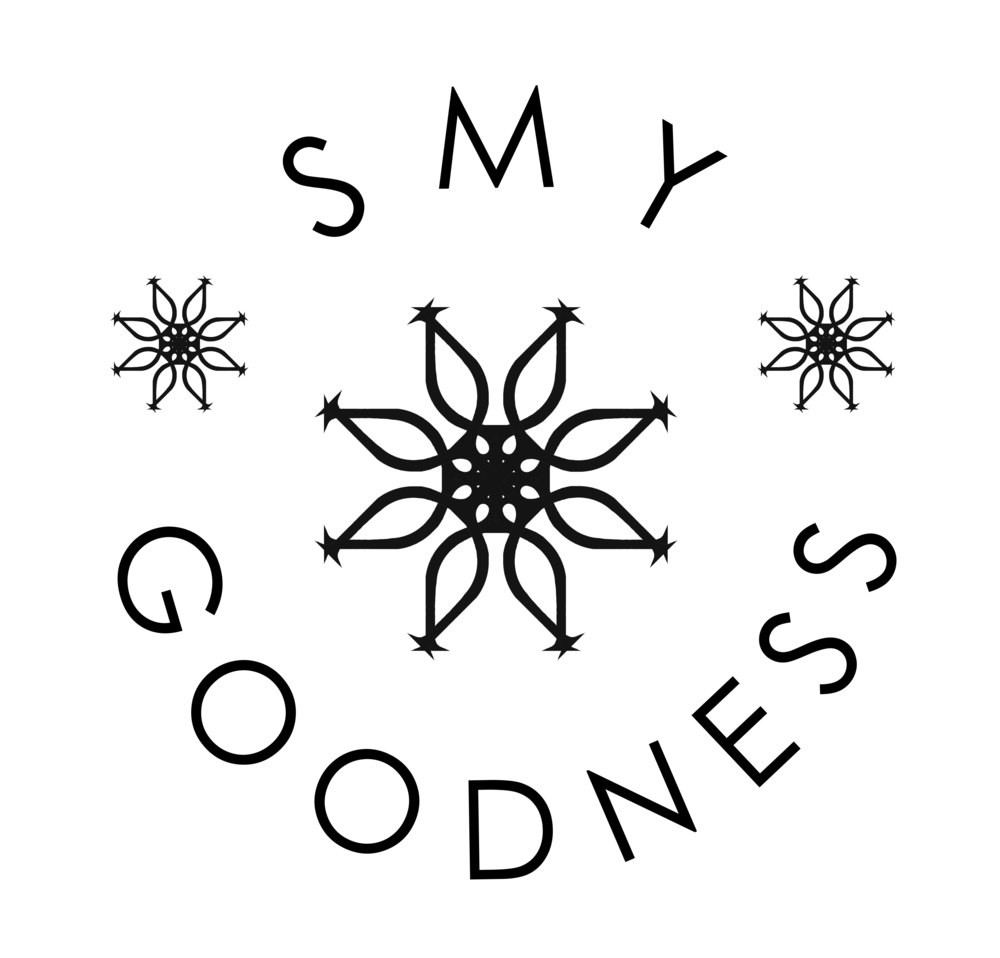I was trying to capture a bit of grinding action while making some Smy Chutney apple and pepper chutney at my cousins house for an upcoming tutorial. Here's a minute-long sneak peak featuring her stunning antique mortar and pestle. I love the differing depths of imprints left from thousands of times when the pestle has met its mortar. I am quite happy with my own mortar and pestle which is not an antique but solid, sturdy and large enough to hold rather a lot of herbs, spices and more and keep them in place as I pummel them to pieces. I am so used to the rhythm of grinding pink peppercorns in my own m & p that when using my cousin's I felt as if it was gently laughing at me for trying to rely on brute strength rather than the finesse needed when using hers. It has a basin worn smooth through use and I found I needed to alter my technique to get them to break apart. The pink peppercorns were a perfect contrast to the creamy mortar and their intense aroma would form the basis of a fantastic perfume.
I also love imagining who has used these tools and for what purposes, what is its history, what time is its place? That last phrase is a slight amendment to the phrase that one of my historic preservation professors, W Brown Morton III, used to ask us when studying old buildings, sites and items, "What time is this place?" It has stuck with me and while the people below aren't using the same exact type of mortar and pestle as my cousin's the images capture the differing uses from inside to outside, for food, science, art and more.
Source:
via
on
Joseph Janney Steinmetz - photographer
Untitled (man with large mortar and pestle), c. 1940
Source:
via
on
A Vanitas still life with an adder in a pestle and mortar, a sculpted head,
an astrolobe, an anatomical sculpture, a musical pipe, a skull,
a violin, a globe, musical scores, manuscripts, a paint pale.
Antonio Cioci, Italian, 1722—1792
Source:
via
on
Woman p
ounding rice using a wooden pounding tool and a hollowed out log
on a
British East Florida plantation.
Source:
via
on
Old woman with pestle and mortar
Caravaggio
1571 -1610
Source:
via
on
Italian apothecary. 18th-century
National Historic Museum of the Medical Arts, Rome, Italy.







